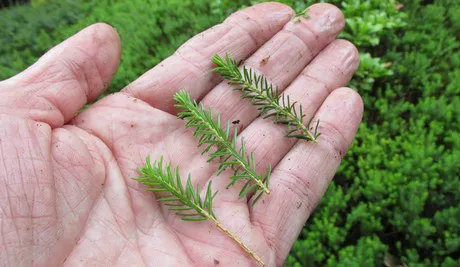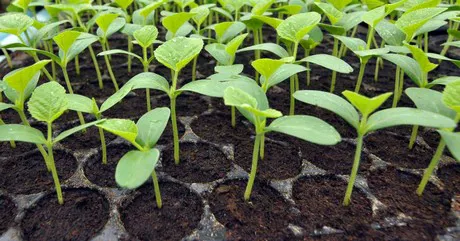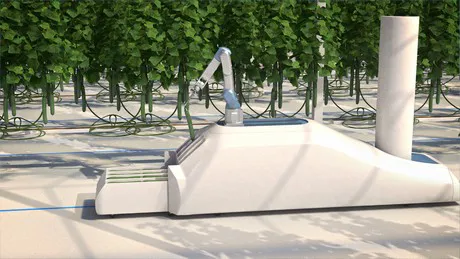
"Multi-spectral cameras are able to register light both visible and invisible to the human eye, ranging from ultraviolet on one side to infrared on the other", Ron explains. "This offers many interesting possibilities. Perhaps most famously, one can think of cameras depicting warmth, making it possible to see whether or not a house is isolated well. The same technique is used in the fresh industry, for example to see through a cucumber and detect possible internal damages, which do not yet show on the surface."
Applied to cuttings
A Dutch plant grower, however, believes Vision might also improve the quality of the cutting material he produces. "We now investigate to what extent quality of the plant to be can be predicted", Ron says. "Ideally this techniques offers a possibility to separate strong from lesser quality in an early stage. We are now busy developing the physical set-up."

"One of the challenges is specifying the exact wavelengths that will tell the future. This is complicated, because the predictive value of specific wavelengths might differ by plant. Once these two requirements are met, I'm sure we'll build a machine that will repay itself in no time."

In the future of greenhouse production, technology won't outsmart human intelligence, Ron thinks. However, efficiency will grow, waste will be minimized, and technology will definitely help to do so. "As long as these are the "reasons motivating us, we are on the right track. As the world population grows and environmental requirements get ever more strict, improving technology is the way to tackle these issues."

